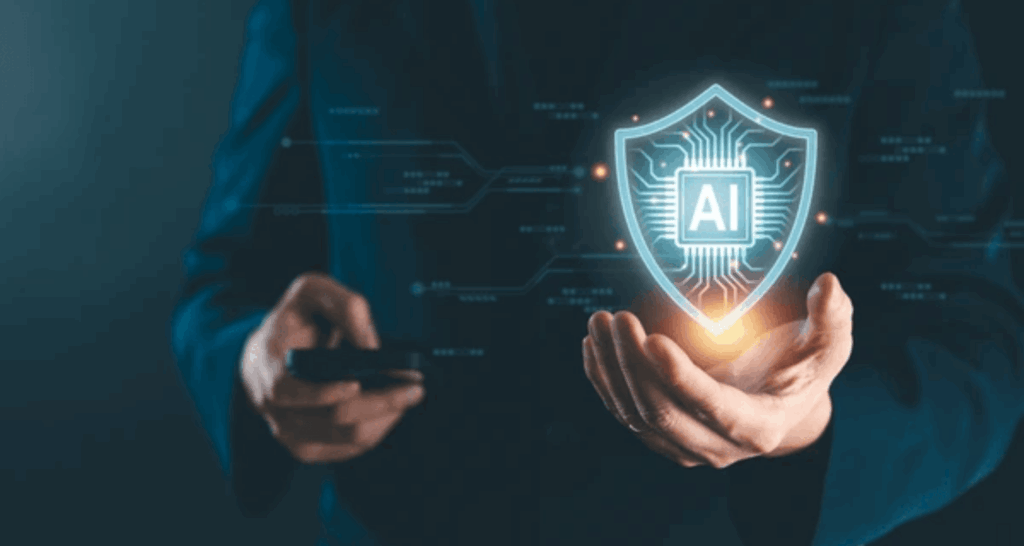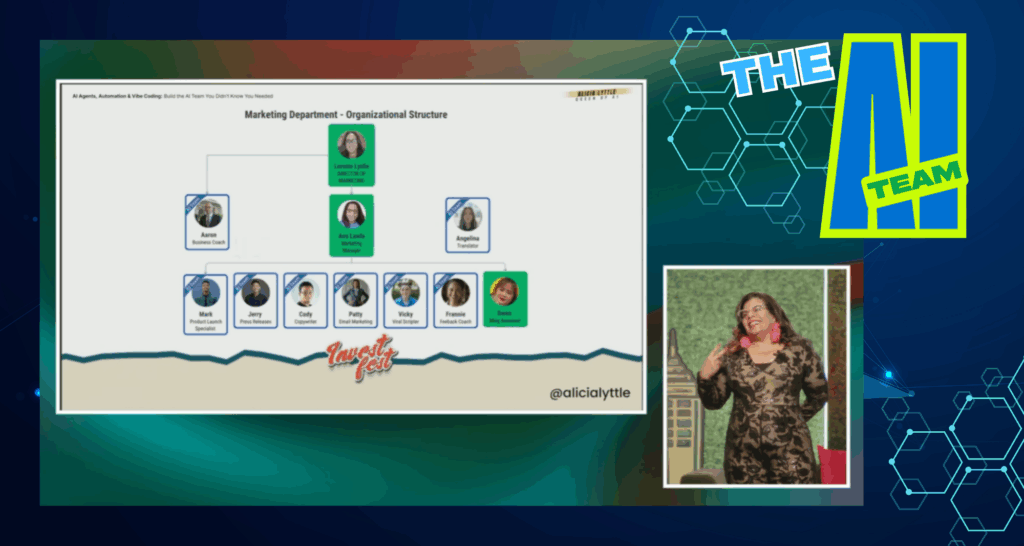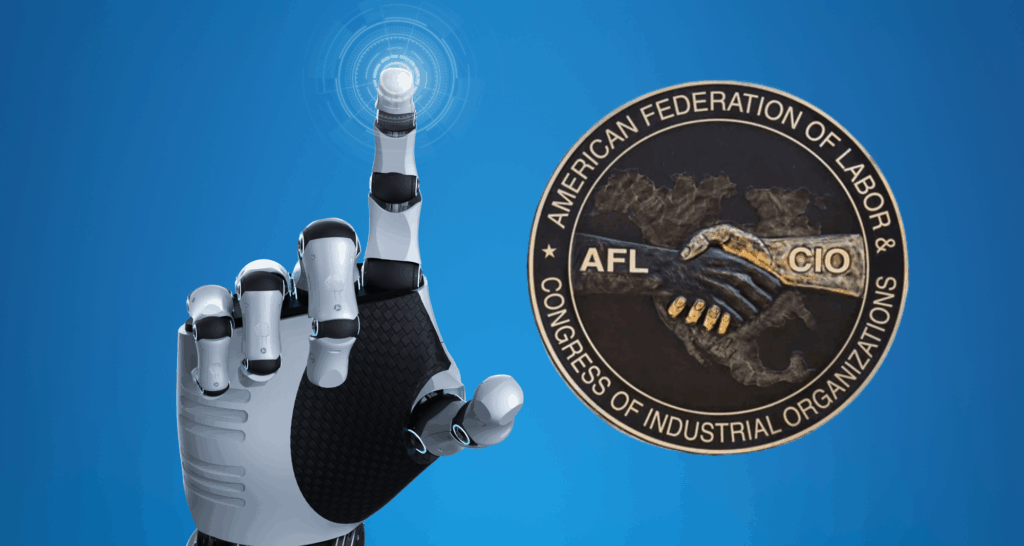Why AI Reskilling Needs a Rethink—Not Just a Rollout
AI is no longer just transforming tools—it’s reshaping how people think, work, and make decisions. Intelligent systems are writing reports, planning forecasts, screening resumes, and influencing strategy. But while technology moves forward at full speed, most teams are stuck learning the basics—or worse, being trained on tools they barely use.
That’s not a rollout problem. That’s a reskilling rethink problem.
AI reskilling isn’t about helping people keep up with change. It’s about helping them lead through it—with judgment, clarity, and confidence.
From Skill Gaps to Thinking Gaps
Training programs often focus on closing skill gaps—teaching people how to use new platforms, prompt chatbots, or explore dashboards. But AI brings a deeper challenge: it changes how problems are solved.
The result isn’t just a skills gap. It’s a thinking gap.
When a team member can generate a summary but not verify its logic, or when a leader uses AI output without knowing when to trust it—that’s where risk lives. Effective AI reskilling isn’t about learning how to operate tools. It’s about learning how to reason with them.
AI reskilling must teach:
- Critical thinking around model behavior
- How to evaluate AI output with context
- When human judgment needs to override the system
Until reskilling supports this kind of fluency, teams will remain technically trained—but strategically unprepared.
And yet, most programs still fall short of that goal, because they’re not designed for how real work happens.
Why Most AI Reskilling Programs Miss the Mark
Many AI reskilling strategies start with a software solution: “Teach the team this tool.” But that approach often disconnects learning from actual outcomes.
Here’s the problem:
Tool training without task context leaves people unsure of how to apply what they’ve learned.
If someone completes a course but can’t recognize when to use the skill—or why—it doesn’t translate to capability. Worse, it creates false confidence.
Effective AI reskilling must be outcome-driven. It should ask:
- What is this role responsible for?
- Where does AI now support or challenge that responsibility?
- How does the employee adapt in real-time?
When training answers these questions, it becomes more than knowledge—it becomes impact.
That shift begins by grounding reskilling in the reality of what teams are doing every day.

Learning That Matches the Work
Jobs aren’t being eliminated overnight. They’re evolving—task by task.
A designer now reviews AI-generated prototypes. A support agent co-pilots conversations with chat tools. A data analyst explores anomalies flagged by models. These are subtle shifts, but they reshape how work happens.
Yet many training programs still focus on tool use, not workflow integration.
Smart AI reskilling starts with:
- What part of a task has changed?
- What decisions does the employee still make?
- Where does AI assist, and where does it fail?
This level of specificity turns reskilling into relevance. And relevance is what makes learning stick.
But even the best-designed training won’t land if the people leading the teams aren’t equipped to guide it.
The Leadership Gap
Managers are often left out of AI reskilling. But they’re the ones shaping team culture, performance standards, and adoption behavior.
Reskilling leaders for AI transformation means:
- Giving them a clear view of how AI affects team goals
- Helping them assess AI-assisted work fairly
- Empowering them to model responsible use
Strong leaders make reskilling sustainable. Without them, even the most advanced teams hesitate to apply what they’ve learned.
And just as internal leadership influences adoption, broader culture influences who’s willing to learn in the first place.
A Global Perspective on AI Readiness
Around the world, people hold different views on AI’s role in the future of work. Some see opportunity. Others see disruption. These beliefs shape motivation, adoption, and the success of any reskilling effort.
Here’s a reworded view of global sentiment on AI and jobs:
Country | Believe AI will create jobs |
China | 77% |
Indonesia | 74% |
Thailand | 71% |
United States | 36% |
Germany | 29% |
Hungary | 24% |
Where optimism is high, reskilling gains momentum. Where fear is stronger, efforts stall.
AI reskilling must be more than content. It must be emotionally and culturally aware. Trust shapes learning, and learning shapes performance.
This is why program design must be more than instructional—it must be human-centered.
Designing for Real-World Impact
The best reskilling programs aren’t the biggest or flashiest. They’re the ones built for relevance, reflection, and reinforcement.
1. Relevance
Learning is mapped to real job functions, not abstract skills.
2. Reflection
Employees are taught to challenge AI output and apply judgment.
3. Reinforcement
Training continues through use, not just through courses.
Modern AI reskilling isn’t an event. It’s an operating model. It aligns with how work actually happens—and how it will keep changing.
Once this foundation is in place, reskilling becomes capability infrastructure, not just content delivery.
A Strategic Choice, Not Just a Training Plan
AI is no longer optional. It’s embedded in how companies grow, compete, and innovate. But it doesn’t deliver results on its own.
The advantage won’t go to organizations with the most tools—it’ll go to the ones with the most adaptable teams.
That’s why AI reskilling isn’t just about learning.
It’s about leadership.
Are your people learning fast enough, deeply enough, and confidently enough to lead through change, not just survive it?
If not, it’s time to rethink what reskilling really means.




